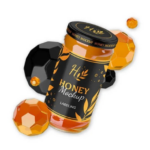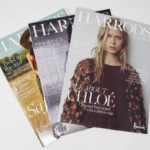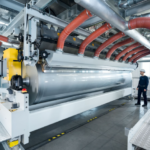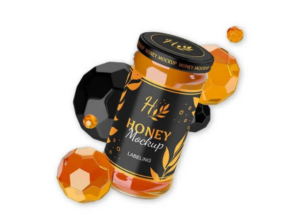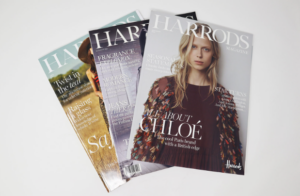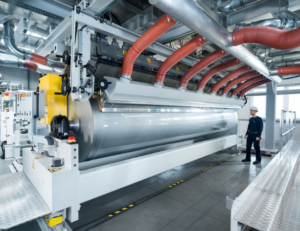You probably have seen some of your documents being covered in a plastic sheet to protect them and keep them for an extended period.
You may also have seen book covers, magazines, menu cards, or other printed items enclosed in plastic layers and have ever wondered how they are done? Well, that is lamination for you.
It is a technique in which printed items are enclosed in plastic sheets for protection against scratching, sun damage, water damage, staining and tearing, etc. It also provides strength and rigidity to the items to be kept for a more extended period.
There are different types of lamination. We are going to discuss four of them in this article.
1. Soft-Touch Lamination
You can also call it “Velvet lamination” as it gives a velvety touch to the laminated item. This technique is preferred if you provide that classy or luxurious matte look to your printed item.
It is just like matte, and glossy lamination, except BOPP (Bi-oriented polypropylene), is used. The BOPP lamination film provides that soft and matte look.
It is preferred for magazines, posters, book covers, business cards, etc.
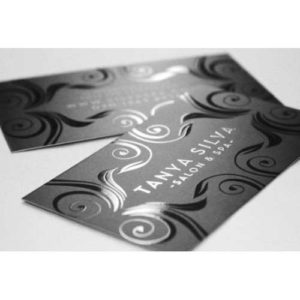
Soft-Touch Laminated Business Card
Difference between Soft touch lamination and Soft-touch coating:
These techniques are used for the same purposes, i.e., to provide protection. But there is a bit of difference between them.
- In Soft touch lamination, the BOPP lamination film is bonded to the surface of the paperboard, and laminate is applied to the printed item after printing. While in Soft-touch coating, a liquid coating is applied to the printed item during printing, and it dries off after a while, leaving a plastic layer over it.
- Due to its matte finishing, the soft-touch lamination mutes the tones of the colors while the Soft-touch coating maintains the color quality.
- The soft-touch lamination is costly as compared to soft touch coating.
- The Soft-touch lamination is done by BOPP film lamination, while the soft-touch coating is done through UV light.
- Soft touch coating is yellow resistant, i.e., it prevents the printed material from turning yellow if stored for a more extended period.
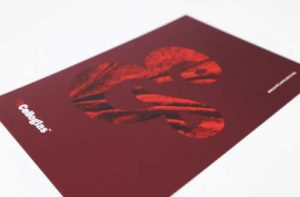
Soft Touch Coating
What Is BOPP Lamination?
BOPP is a plastic material that is mainly used for labeling and packaging. The lamination BOPP films are widely used in packaging food and other materials.
BOPP lamination is a lamination process involving BOPP lamination film as a laminator. It comes in two types:
- BOPP thermal lamination film
- BOPP cold lamination film
BOPP thermal lamination film is applied with the help of heat, while the BOPP cold lamination film requires pressure.
Kingchuan is a BOPP lamination film manufacturer. Here you can find a variety of BOPP films.
BOPP Lamination Machine
The BOPP lamination machine is generally used for different purposes like the lamination of books and magazines, handbags, etc.
BOPP thermal lamination film can also be used for paper lamination.
Paper lamination is a technique in which paper is used as a laminator instead of plastic. It is used for the packaging of different things like juice boxes etc.
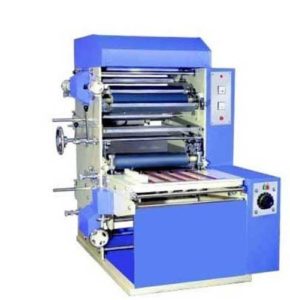
BOPP lamination Machine
Hard Lamination
Hard type of lamination refers to the thickness of the layer applied to the printed item. The thickness of the BOPP thermal lamination film is measured in mils, the thousandth part of an inch.
The hard lamination films come in different mils like three mil lamination, five mil lamination, and ten mil lamination.
The thicker the lamination, the less folding capability the item would have. Therefore, it is preferred for such things that do not require folding or require minor folding.
It is usually used for Identity cards, driving licenses, badges, reusable tags, charts, etc.
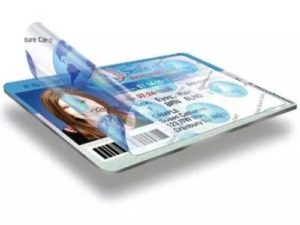
Hard Laminated Card
Hot Lamination
The hot lamination process requires heat. The lamination film is preheated to activate the adhesive inside the laminator. It is then applied over the plastic sheets placed on the printed item. The melted glue will help seal the item inside the plastic sheets.
It is preferred for those items which are not heat-sensitive. However, for the things that heat could damage, some extra materials like low melt laminating films are used to prevent it.
Hot lamination is a skilled technique. It is also time-consuming, as you should preheat the machine before use.
BOPP thermal lamination film can be used in this process as a laminator. The BOPP lamination adhesive is melted, forming a BOPP thermal lamination film, then applied to the printed item and sealed.
Cold Lamination
The other way you can laminate printed materials is through cold lamination. In this technique, pressure rather than heat is applied to activate the adhesive inside the laminator. The pressure is applied mechanically, so no electricity is required.
The materials used in this process are a bit costly compared to the ones used in hot lamination. But this process is easy to use, does not require any technique, and is safe as no heat is used.
It is mainly used for heat-sensitive items like photos and business cards etc. It provides tightness and longer age to the printed items.
You can watch this video to know the difference between these two techniques. It may help you choose the one you prefer.
Kingchuan has a variety of BOPP films that are used for different purposes. One of them is a white BOPP film.
White BOPP with lamination is used to laminate cosmetics, personal care products, and Pharmaceutical products. It is water-resistant and durable, so it is perfect for lamination.
Conclusion
There are many other techniques for the lamination of printed items. BOPP thermal lamination film is the preferable one to use due to its properties.
Of all types, the above four techniques are pretty unique due to their appearances and protection. Soft lamination provides elegancy while hard lamination is highly protective.
The hot and cold laminations have almost identical uses and are used according to the users’ preferences.
Contact Kingchuan today for more information.

